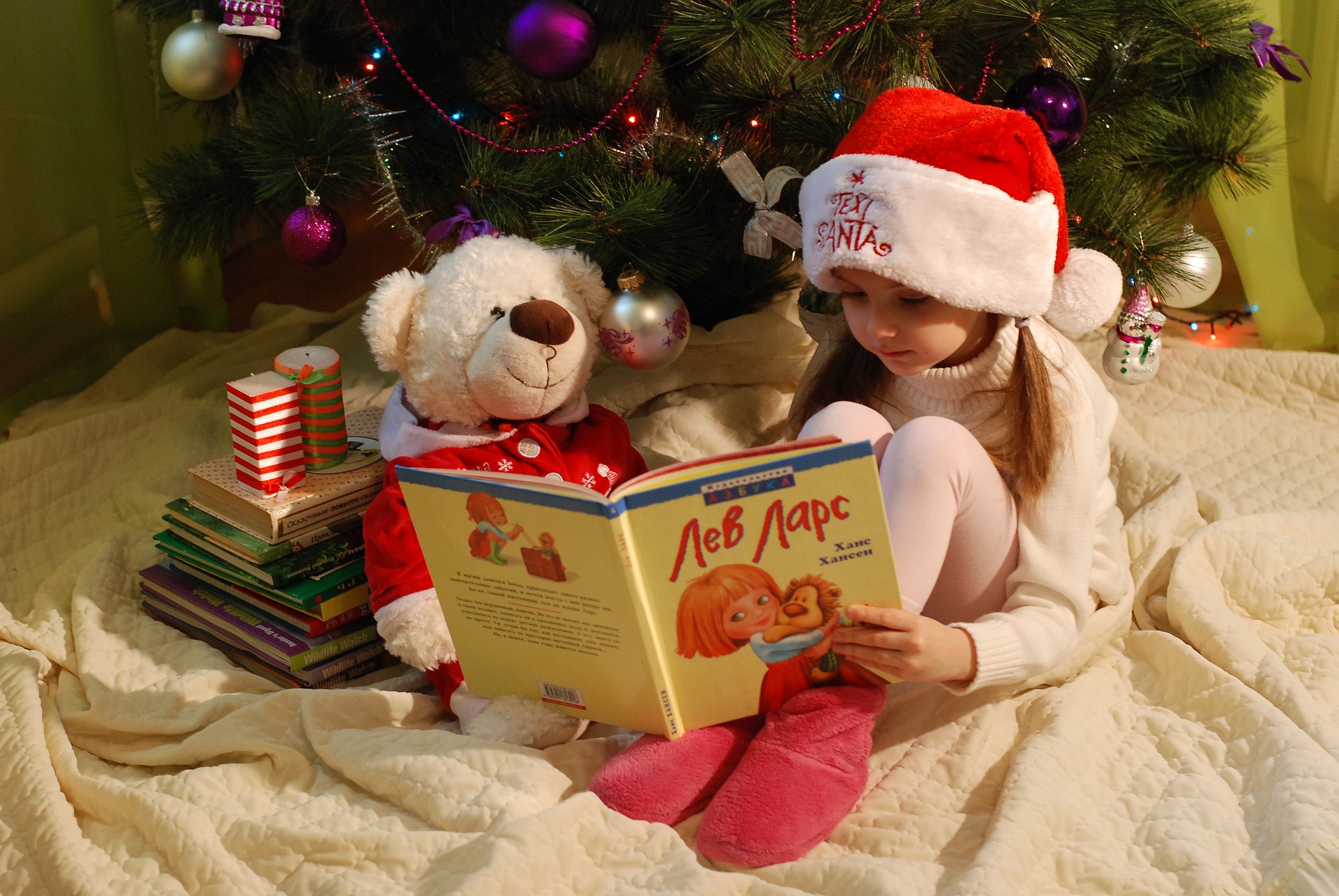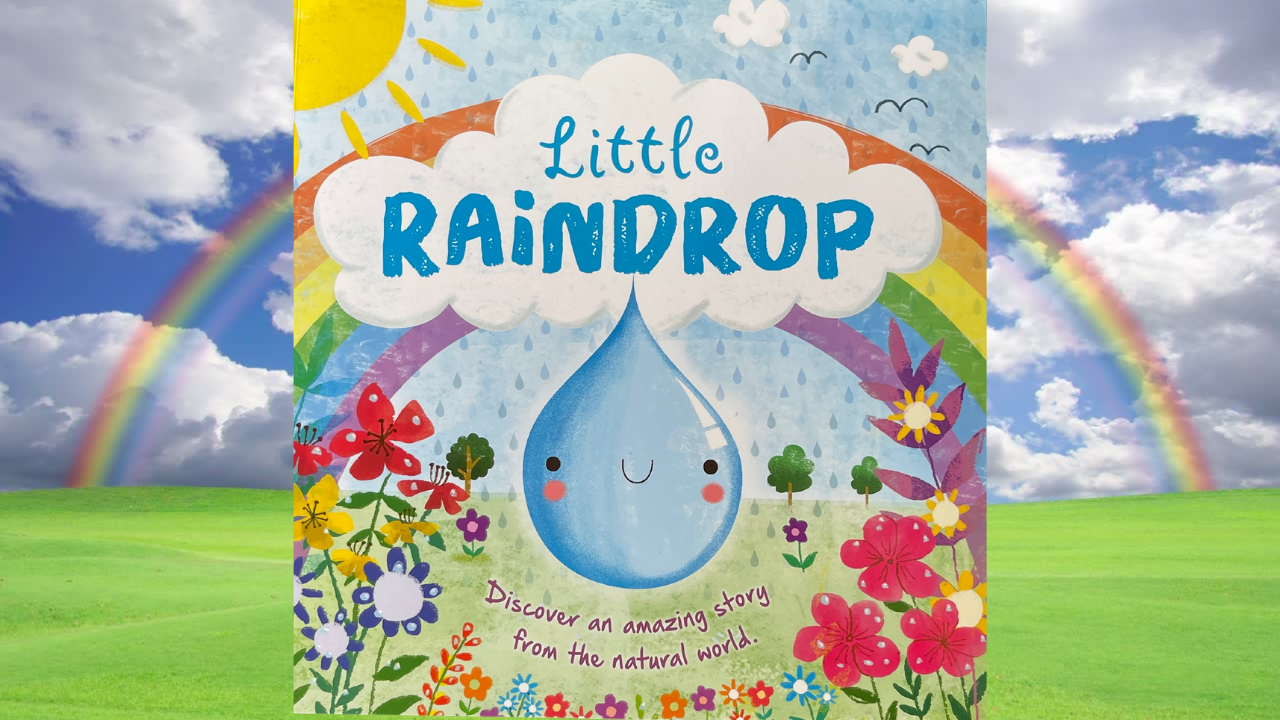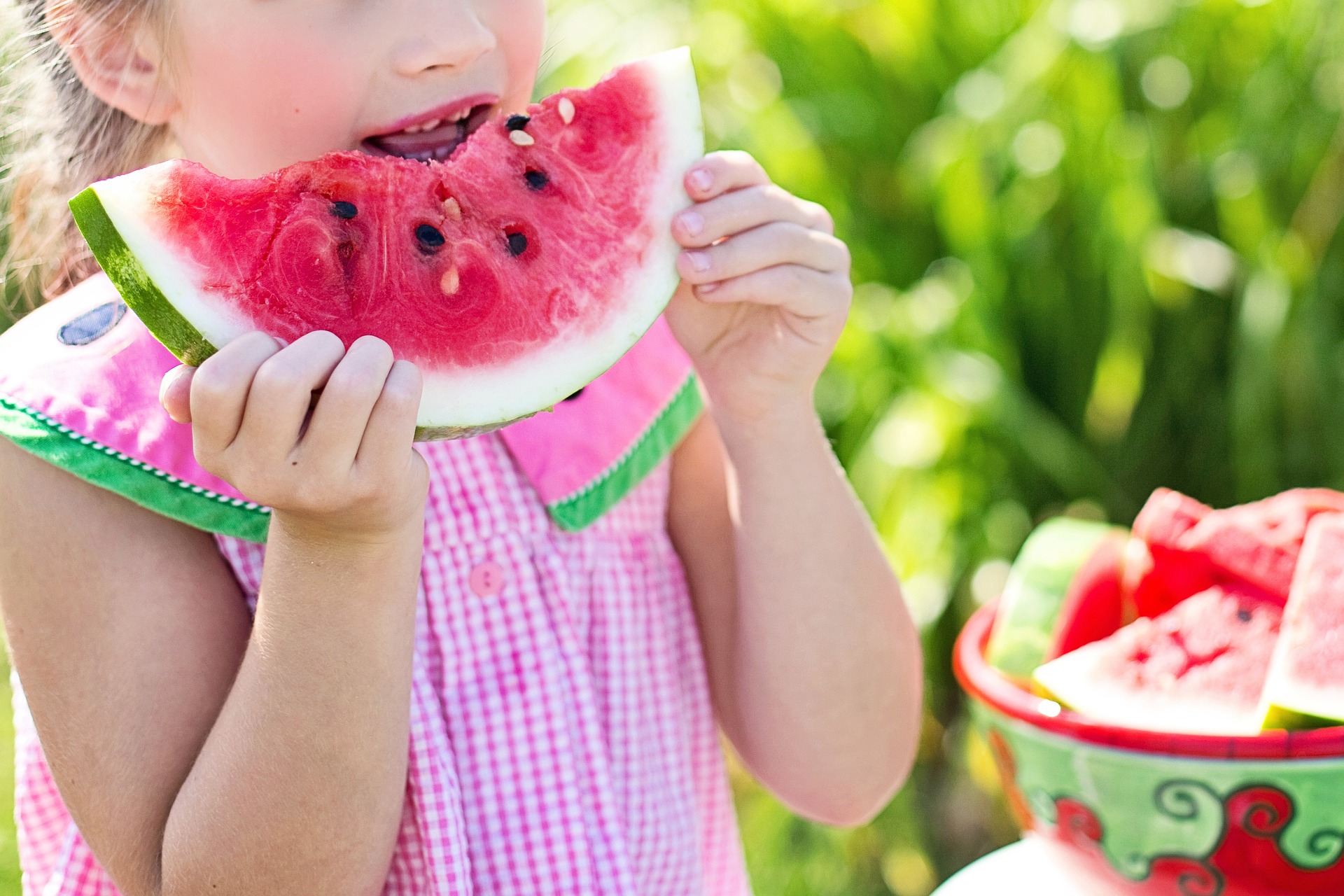Animals in Winter
Book Spotlight: Animals in Winter
Welcome to the STEMHAX Book Spotlight. Today, we explore Animals in Winter. This is a wonderful introductory book for children to explore science. Although it was first published in 1963, it is still relevant today. The book introduces children to some of the ways animals prepare and live through the winter. Topics introduced include migration, hibernation, and general winter survival for animals.
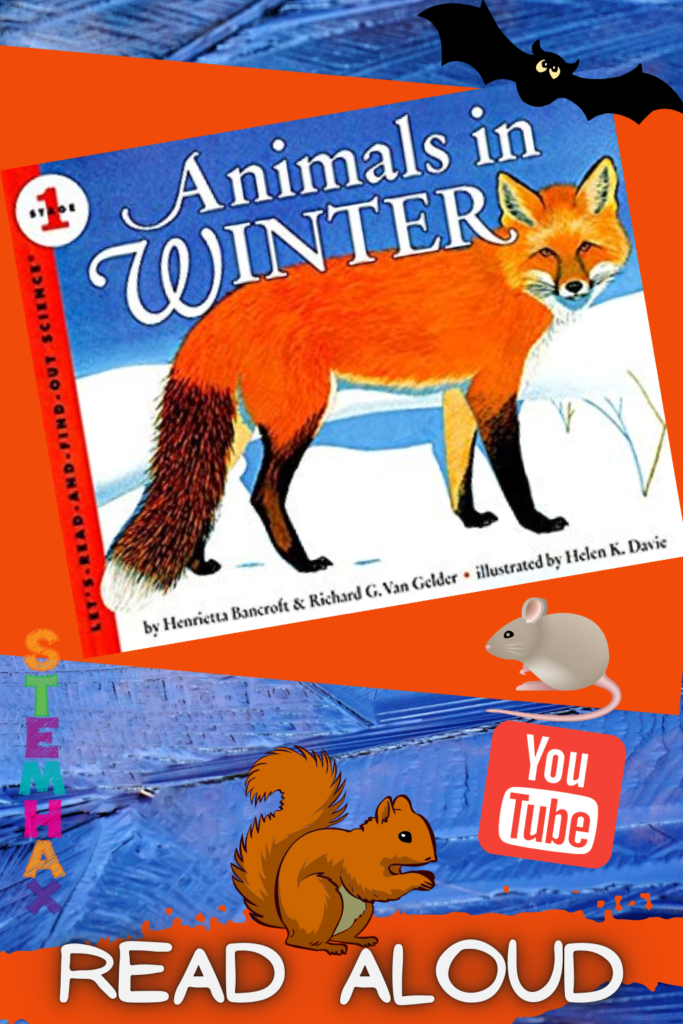
Overview
Children love animals. They are curious about how they live, and animals in the winter is a topic they will most likely enjoy. This blog post includes a mini-lesson utilizing this Animals in Winter book. This book is a great addition to any classroom library. Kids will want to watch the read aloud over and over again, after you introduce the book to them. If your students want more, check out the 40+ FREE Resources post.
Animals in Winter – Read Aloud
Exploring Animals in Winter with Young Learners
First, start with a book cover inspection. Show children the cover of the book, and ask, “what do you think this book is about?” Follow this with some open ended questions to get their minds warmed up.
- What are the four seasons?
- What is the temperature like in the winter?
- What is the weather like in the winter months?
- How do you dress when you are going outside in the winter?
- What kinds of animals do you see in the winter?
- How do these animals look different in the winter months?
After reading the book for the first time, ask more open-ended questions. Remember there are no wrong answers. Some questions might include:
- Why do the birds fly south to “migrate”?
- How do bats that “hibernate” survive?
- How does the woodchuck survive in the winter?
- How does the pika prepare for the winter?
- What do squirrels do to get ready for the winter?
- How do the deer find food in the winter?
- What are some of the food sources rabbits eat?
- What does the fox do in the winter?
- How can you help animals in the winter?
Vocabulary

We have a book companion packet that works perfectly with this book. CLICK HERE to explore a preview in my TPT Store. It will coordinate with any animals in winter theme or book. Included are some pictures to use in your lessons.

- Identified animals:
- Birds, bats, butterflies, deer, pika, fox, rabbit, woodchuck, squirrel, mice, etc.
- Hibernate – Animals that spend winter in a dormant or sleep-like state.
- Migrate – Animals moving from one habitat to another for different seasons.
- Adapt – Some animals migrate or hibernate, others change their behavior to survive in the winter.
- Winter – In the northern hemisphere it is the coolest season from December to February.
- Predator – An animal that naturally preys (eats) on another.

Fun Facts
Writing books can be fun, and some books have more than one author. This book has been around since 1963, and was written by Henrietta Bancoft and Richard G. Van Gelder.
“Henrietta Bancroft taught nature study and elementary science at the Walden School in New York. Richard G. Van Gelder was the chairman of the Mammology Department at the American Museum of Natural History in New York City.” – Excerpt HarperCollins
More Animal Resources
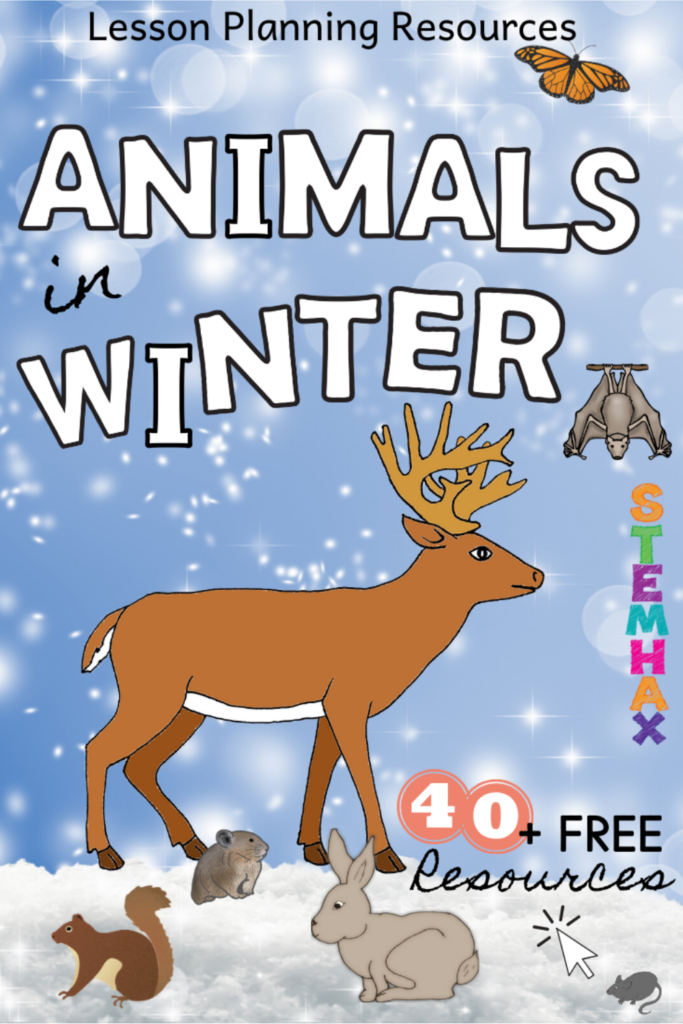

Thank You
We appreciate you taking the time to learn about this here to stay read aloud Animals in Winter. Please consider following our YouTube Channel for more read aloud books relating to academic interest subjects.

This post contains affiliate links; if you make a purchase, I may make a small commission at zero cost to you. THANK YOU!!


